Expand your editing set up with Thunderbolt
So I’m thinking of upgrading my trusty MacBook Pro later next year, but it only comes with 2 USB 3.0 ports and 2 Thunderbolt ports and an HDMI port. So I’ve already begun looking into how to expand it’s usefulness through all these nifty Thunderbolt peripherals you can get these days. Here is an epic run down on some of the best available Thunderbolt devices.
What’s the difference between Thunderbolt 1 and 2?
Thunderbolt 2 delivers twice the throughput of Thunderbolt 1, providing up to 20Gb/s of bandwidth to each external device and allowing you to daisy-chain up to six peripherals on each port, so, if you wanted to, you could plug in up to 12 external devices via Thunderbolt alone. (If those devices also allow for daisy chaining, with additional Thunderbolt ports on them.) The new Mac Pro will feature Thunderbolt 2.
If you are after them, The Register has some good technical details on Thunderbolt 2, where they also note that the upcoming USB 3.1 should expand its capability from 5Gbps to 10Gbps. Everything is getting faster.
Jigsaw24.com Free Shipping!
I often buy things from Amazon as it tends to be the cheapest, but my next go-to site for editing gear is usually Jigsaw24 as I have a long standing relationship with Tim Bridger, one of the excellent sales chaps there, when I need a speedy delivery, some detailed questions answered or just greater levels of service.
I was emailing Tim about some of these devices and he was kind enough to offer a special deal to readers of this blog! If you’re looking to purchase any of these Thunderbolt peripherals in the UK get in touch with Tim Bridger (tim@jigsaw24.com/0115 916 5536) mention my name and you could get free next day shipping!
Thunderbolt Expansion Hubs
If you want to be able to plug in more USB 3 or 2 devices, HDMI connected screens, Gigabit ethernet and daisy chain in a few more Thunderbolt peripherals then a Thunderbolt Station like this one from Caldigit might be the right thing for you.
For $199/£179 you get 2 Thunderbolt ports (allowing you to connect and daisy chain) three more USB 3 ports, an HDMI port, Gigabit ethernet port and two 3.5 mm audio I/O. This is probably the device that I’ll get as it seems to represent the best value for money. Caldigit have a decent FAQ on the device here if you want to find out about charging devices or running an Apple Superdrive via the Station. For a very thorough review check out this post over on FortySomethingGeek which includes various transfer speed tests and connecting four different displays!
Buy on Amazon.com | Buy on Amazon.co.uk
T2 UPDATE – The CalDigit Thunderbolt Station 2 is the beefed up successor to the original Thunderbolt station mentioned above. New improvements include: Thunderbolt 2 ports, the addition of 2 eSATA 6Gb ports, stand alone charging (to charge things like iPhones even when the device isn’t connected to a computer), as well as a handy software addition that allows you to disconnect all attached devices in one click, should you wish.
The device has also undergone an aesthetic overhaul (apparently to match the Mac Pro), which also makes it look a bit sturdier in it’s construction. The upgrade to the latest spec and the addition of the 2 eSATA ports is a welcome improvement to the offering.
Buy on Amazon.com | Buy on Amazon.co.uk
Before doing much research the other main contender in my mind was the Belkin Thunderbolt Express Dock, which does come with a handy Firewire 800 port as well as 2 Thunderbolt and 3 USB 3 ports, Gigabit ethernet and audio I/O. On the downside it doesn’t include an HDMI port (and according to Caldigit’s comparison chart) it also won’t charge your USB devices either. A further negative is that apparently the USB 3.0 ports are actually limited to 2.5Gbps instead of the theoretical 5Gbps. That and it’s a third more expensive at $299/£259.99.
Buy on Amazon.com | Buy on Amazon.co.uk
T2 UPDATE – Belkin has updated it’s offering to the Thunderbolt 2 Express Dock HD, which now features Thunderbolt 2. In the process it loses the Firewire 800 port and moves one of the USB slots to the front along with a microphone supported audio out port. If you have a Thunderbolt enabled monitor you can now support a 4K display and a second monitor through the newly added HDMI port.
On Amazon it also ships with a 1 metre Thunderbolt cable. Personally the loss of the Firewire port is no big deal as I’ll just use an adaptor and daisy chain if needs be. Although the design impact of having one of the USB ports on the other side feels like it would be annoying that it doesn’t all face the same way. But maybe the change comes from user feedback and I’m in the wrong!
Buy on Amazon.com | Buy on Amazon.co.uk
That said, if the Sonnet Echo 15 Pro+ actually starts shipping, (apparently it’s coming ‘mid-December’) it would provide an exceptional ‘all-in-one-and-then-some’ peripheral device. Not only does it have more USB 3.0 ports than the other two devices above (it has four) it also has 1 FW800 and 2 eSATA (6Gb/s) ports as well as a blu-ray drive and internal storage support for HDD or SSD. Also the audio output is beefed up to an optical digital output. Plus it will charge up your iPods and iPads without your computer needing to be connected.
The only thing that is missing is an HDMI port. At $550 it is almost the same price point as buying a Mac Mini. (Which comes with 1 Thunderbolt, 4 USB 3.0, 1 FW800, HDMI and audio I/O, but hasn’t been refreshed in over a year, and doesn’t have an optical drive let alone blu-ray.)
T2 UPDATE – Other options with very similar specs include the Elgato Thunderbolt 2 Dock (2 Thunderbolt, HDMI, Gb Ethernet, 3x USB 3.0, 3.5mm audio I/O, standalone charging, software eject) with a Thunderbolt cable for $220 on Amazon, or the OWC Thunderbolt 2 Dock which has a nice addition of 2 extra USB 3.0 ports taking the total to 5. OWC is pictured below, 2 USB ports are on the side of the device.
OWC Thunderbolt 2 Dock on Amazon.com | Amazon.co.uk
Thunderbolt Adaptors & More

Buy on Amazon.com | Buy on Amazon.co.uk
I already have a bunch of adaptors for connecting various screens to my laptop and as the Thunderbolt cable form factor is the same as MiniDisplay Port, my MiniDisplay Port to HDMI adaptor and Mini Display Port to DVI adaptors will continue to work. Finally one less thing to buy!
Another useful device that is missing from all of the new Macbook Pro’s is obviously a DVD drive. Apple does its own USB powered Superdrive or you can pick one of these up pretty cheaply from Samsung, Amazon or Buffalo.
Buy on Amazon.com | Buy on Amazon.co.uk
Thunderbolt PCI Expansion Chassis
One of the benefits of Thunderbolt technology is that you can now seat PCIe cards in an expansion chassis and connect to them to your computer. This massively expands the possibilities for laptop based edit suites or DIT carts. Two of the leading chassis on the market are the Sonnet Echo Express series and the Magma.
On the Sonnet side there are a couple of different options to choose from, all currently supporting Thunderbolt 1 but shipping with a free upgrade to Thunderbolt 2. The non-Pro versions only accept half-length cards (up to 7.75″) while the Sonnet Echo Express III-D will accept 3 full length PCIe cards. There is also a rack mountable version of the chassis III-R.
If you’re looking to stick a RED Rocket card into one of these SE III-D and R chassis you’ll be pleased to know that due to some special mounting holes the Rocket won’t take up two of your precious PCIe slots, only one. The links below will take you to the full length card versions of each of the Sonnet Thunderbolt expansion chassis. Before you do, be sure to check out the compatibility chart for the card you want to use.
Buy Sonnet Echo Express III-D on Amazon.com | Jigsaw24.com
Buy Sonnet Echo Express SE II Pro on Amazon.com | Amazon.co.uk
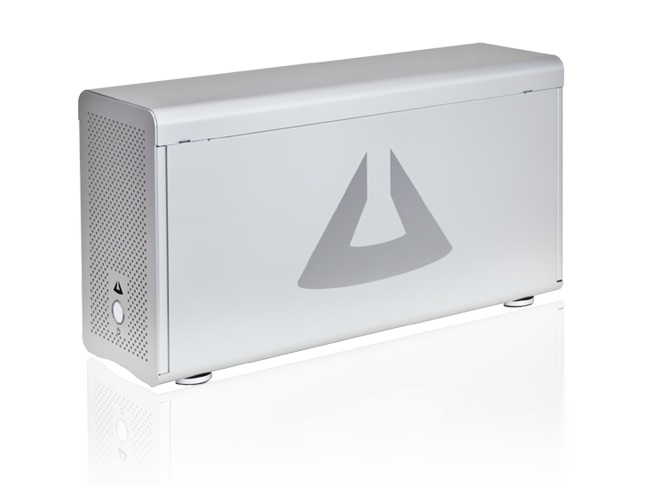
This link will take you to the Magma compatibility chart and driver list to get you set up correctly with whatever card you might want to use. Buy on Magma.com | Buy on Jigsaw24.com
As a final thought it is theoretically possible to install a graphics card in a Thunderbolt chassis to add greater power to your laptop externally. So far I’ve not seen any serious devices except for this early prototype from SilverStone.
Thunderbolt hard drives and RAIDS
As I’ve previously written about in my Which hard drive should I buy for film editing? post, I tend to use a variety of different drives for different reasons. I’ll try not to repeat myself here, but merely point to a few drives that I think might be worth exploring.
A quick technical note: The speed of your hard drive will be constrained by a few things: The speed the data can sent, the size of the pipe it travels down and the speed of the controllers that manage this process. Larry Jordan has a great explanation here. RAIDS are always faster than single drives because you have more discs sending the data down the pipe (USB 3.0/Thunderbolt/FW800 etc) and the fatter the pipe (Thunderbolt 2 being the fattest) the more data you can send, quicker.
Portable Thunderbolt Harddrives
This Rugged USB 3.0 and Thunderbolt 1TB drive from LaCie would be similar to the kind of drives I’ve often used before, except for the fact that it is a 5400RPM drive, and LaCie don’t seem to make a 7200RPM version of it. For most video editing tasks this will be fine, but it’s not the best.

Buy on Amazon.com (USB 3.0/TB) | Buy on Amazon.co.uk (USB3.0/FW800)
But as we’ve seen a single drive can’t transfer at speeds fast enough to fill up the Thunderbolt or USB 3.0 pipes anyway. That’s why we need a RAID.
Thunderbolt RAIDS
A producer that I often work for has a Promise Pegasus Thunderbolt R6 RAID with 12TB (6x2TB) of storage (10TB after the RAID 5 set up) which has been a great system for their needs and very stable. (Although do watch out for an ‘un-mounting bug’ due to iPhones too close to Thunderbolt cables!) Here is a good review of the version 1 Pegasus.

The beauty of these RAID systems is that they can be set up as RAID 0, 1, 5, 6, 10, 50 or 60 where as many of the other Thunderbolt RAID drives like the LaCie 5Big Drive, G-Tech G-Raid etc are only RAID 0 or 1. Which will increase your transfer speeds and give you some level of protection but only at a 50% capacity loss (if you go RAID 1 which is a straight mirror of your data).
Larry Jordan and Studio Daily both have reviews of the Pegasus 2 with Larry summing up that “It provides massive storage, excellent speeds, all at a reasonable price. It isn’t as fast as an all-SSD unit, but it costs far less and holds far more.”
Buy Promise Pegasus 2 RAID on Amazon.com | Amazon.co.uk
Technical Note: If you see a RAID being listed with JBOD support, this basically means that it is RAID 0 and is ‘Just A Bunch Of Disks’ which offers your data zero protection.
Thunderbolt Storage Docks
There are a couple of devices that sit somewhere in the middle of being hard drives, thunderbolt docks and RAIDs. Here is a quick look at a couple of the most interesting.
The Blackmagic Design MultiDock lets you plug in up to 4 independent 2.5′ SSD drives (fresh from the back of your Blackmagic Design Cinema Camera for example) connected to your on-set or edit suite workstation via Thunderbolt 1. These can even be RAID zeroed together with Mac OSX Disk Utility for ‘up to 500mb/s transfer speeds’. Although this doesn’t provide you with any data protection, it does seem like a very useful Thunderbolt peripheral, especially if you’re doing a lot of on set work.
Buy on Amazon.com | Buy on Jigsaw24.com
From an edit suite perspective The G-Tech G-Dock EV two drive docking station performs a similar function with it’s USB 3.0 based drives, connected via Thunderbolt. The benefit of these drives is that you can use them separately via USB 3.0 on their own or hot-swap them into the chassis to transfer via Thunderbolt. You can also RAID 0 or 1 them together for increased speed or data protection. This again happens through Disk Utility. Although this isn’t the cheapest way to buy storage space, it does so flexibly.
Buy G-Dock on Amazon.com | Buy G-Dock on Amazon.co.uk
Buy G-Drive on Amazon.com | Buy G-Drive on Amazon.co.uk
Thunderbolt I/O Devices
If you’re looking to be able to capture and playback from a plethora of formats then picking up a Thunderbolt based video I/O device is what you need. The two main players in this market are Blackmagic Design and AJA.
Blackmagic Design have two different families of products, the UltraStudio‘s and the Intensity’s, the main difference between the two non-rack versions of these boxes is that the UltraStudio Express has 2 breakout cables for either BNC or RCA connections and comes with built in SDI connections. These are not available on the Intensity Extreme and the difference in price is $200.
Connections wise the $495 Express comes with HDMI in/out, 3Gb/s SDI in/out, a break-out cable and a single Thunderbolt port which means it will have to be at the end of a chain. For the full tech specs visit the Blackmagic Design site. This device is also limited to 4:2:2 video sampling so if you want 4K, 3D and 4:4:4 plus 6Gb/s SDI and Thunderbolt 2 you’ll have to bump up another $500 to the $995 rack-mountable UltraStudio 4k.
Buy UltraStudio Express on Amazon.com | Amazon.co.uk
Although AJA’s Io XT and Io 4K are more expensive ($1495 for Io XT, the Io 4K isn’t shipping yet but it will have Thunderbolt 2) they do come with a much greater number of connections and two Thunderbolt ports, allowing you to daisy-chain in more devices.
Furthermore the Io XT comes with eight audio meters on the front as well as handling 4:4:4 video and “utilizes AJA’s high-quality up/down/cross conversion hardware, the same found in our flagship FS2 converter.” So you are getting a lot more bang for your buck.
Buy on Amazon.com | Buy on Jigsaw24.com
If you’re trying to decide which one of these might suit you best, Scott Simmons from the ProVideoCoalition has a very in-depth review of the IoXT and the older UltraStudio 3D that is well worth a read. Oliver Peter’s also has a great breakdown of the differences between the AJA Io XT, UltraStudio 3D and the Matrox MX02 LE here.
Lastly just to say that both AJA and Blackmagic Design have ‘mini’ versions which allow you to simply I/O via SDI or HDMI.
What I’ll Probably Buy To Expand My Laptop
For now I’ll probably pick up a Caldigit Thunderbolt Station, a FW800 to Thunderbolt adaptor, a USB powered Superdrive and a small portable Thunderbolt drive. These things should help me to keep almost everything portable (in a bulging rucksack) whilst making the most of the speed and efficiency of Thunderbolt.
I have to say it took me a while to put this post together (hence the epic length) but doing all the research has really helped me to feel like I know what most of the current options are. Hopefully with Thunderbolt 2 devices slowly starting to ship we’ll start to see more and more come to market. Saving us editors a lot of time and hassle!
UPDATE 2015 – I actually ended up acquiring a Mac Pro prior to updating my laptop, although I will also be upgrading my laptop this summer when new Macbook Pro’s ship. Although the Mac Pro has 4 USB ports, they quickly get eaten up with various peripherals and so a device like this becomes even more useful.
UPDATE 2016 – In the end I bought the OWC Thunderbolt 2 Dock, which has been a really useful addition to my edit suite. The FW800 port has been surprisingly useful and having the plethora of USB ports has also meant that I can leave things like my DaVinci Resolve Studio dongle plugged in all the time without getting in the way. It’s a great little bit of kit!
I also picked up the Blackmagic Mini Monitor, Superdrive and 1TB G-Raid G-Drive.
Final Note on Thunderbolt – Thunderbolt Bridge
Eagle eyed geeks spotted this new update included in OS X Mavericks which seems to suggest that “It now takes only a few clicks to link two Thunderbolt Macs together with a Thunderbolt cable and it should be possible to share media from a third device such as a Pegasus Promise Thunderbolt RAID.”

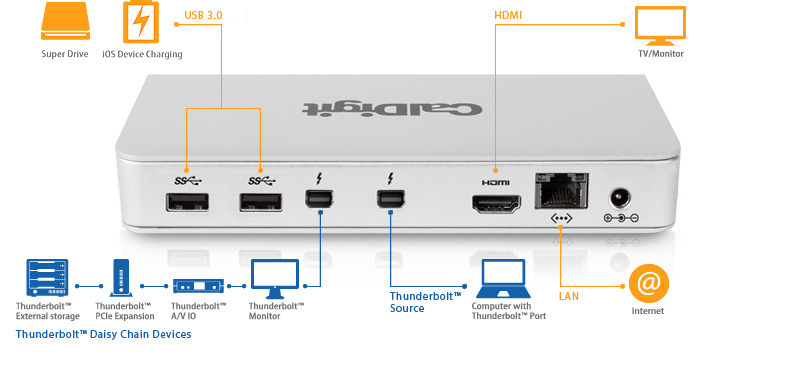
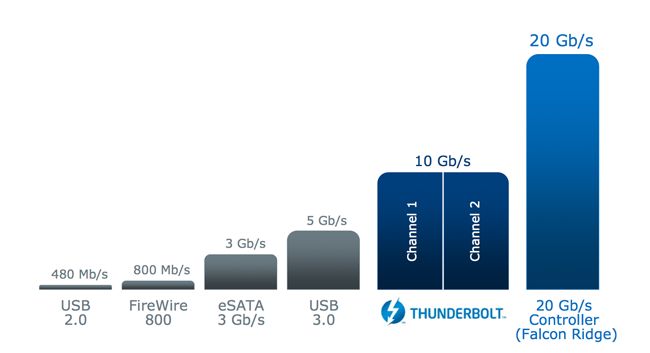
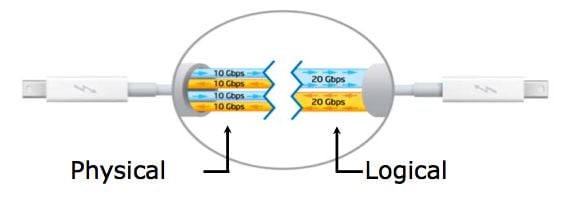




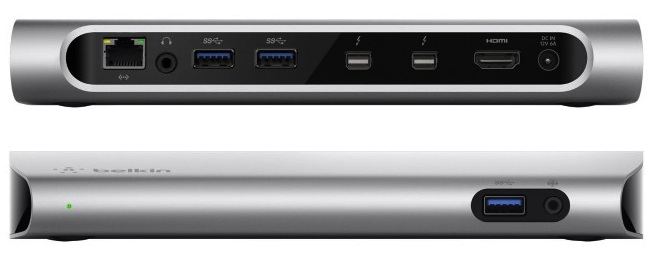
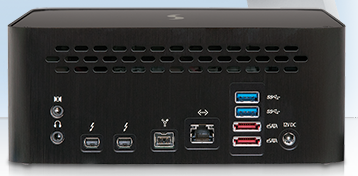


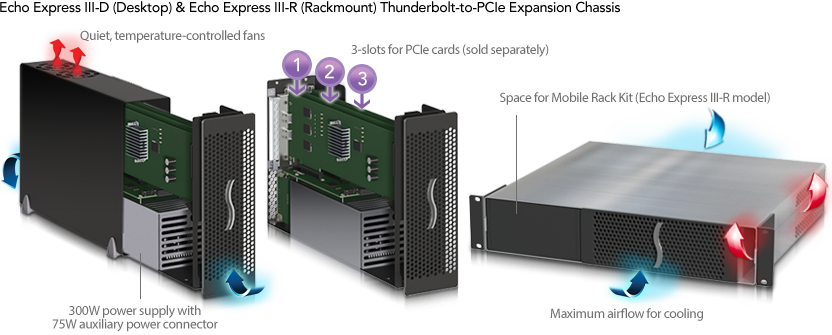
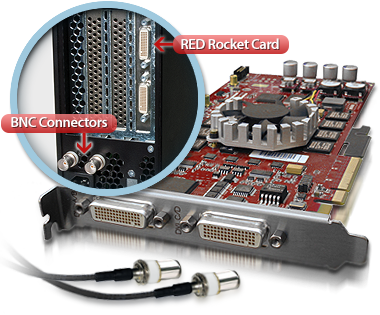






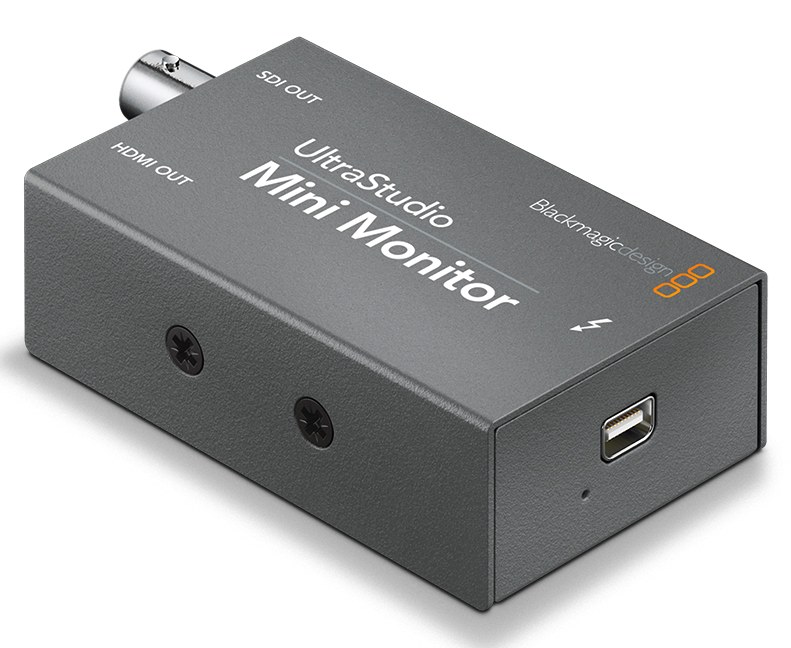





Hey Jonny great epic. I’m currently toiling with the same issue, my 2009 17″ has finally died, not sure if I event want to send it in for repair. No more 17” is really hard to fathome for me as a video editor who’s become accustome to working long hours off 17″s, why apple discontinued it. With new tech becoming so small and powerful, just imagine the potential of a useable form factor like the 17” (4k screen, internal raid SSD, longer battery life, internal capture card, maybe ever dual i7 processor) Shame apple aren’t looking after the professionals any longer.
frankly the 17″ was doomed as soon as Apple decided that ‘thin is in’.
Notice the trend in shrinking the waistelines of even non-mobiles like the iMac and Mac Pro.
BTW, I own a 2013 Mac Pro and could not be happier. It is far from perfect (no security cable lock slot). But it is a data consuming beast.
What no Motu love?
http://www.motu.com/video-products/hdx-sdi-thunderbolt
I’ve not heard of Motu before – thanks for the link Russ, and taking the time to comment.
Good run-down.
When I take my laptop to clients, I’ve found it’s essential to have the network adaptor and the firewire one.
The MBP has an HDMI port already, so I’m not sure why you’re obsessing over that one, unless you need two external HMDIs?
More USB ports are a good thing to have, obviously.
As for the RAID, I settled on an ARECA 8050 after much consideration. Pain in the arse to set up, but now it’s running I get 550-650 mb/s in RAID6. It’s a pretty good machine.
Hey Seb, thanks for taking the time to post your thoughts. Very helpful! I must confess after all the time it took me to put the post together I’d quite forgotten that the MBP ships with an HDMI port! Thanks for pointing it out. I’ve updated the post a little to reflect that astute observation.